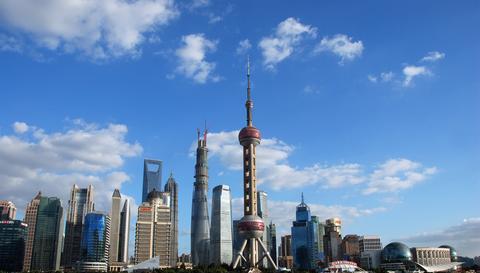Shanghai's 50 Trillion GDP: A Global Economic Milestone
Shanghai has become China’s first city to achieve a GDP of 50 trillion yuan (approximately $6.82 trillion), marking a historic milestone that surpasses the economic output of several nations and reflects its growing status as a global financial center.

Shanghai’s achievement of a 50 trillion yuan GDP milestone represents a remarkable transformation for a city that began as a modest trading port in the 1840s. This economic output now exceeds that of entire nations like Argentina, Belgium, Thailand and Sweden, placing Shanghai among the world’s top economic powerhouses.
The city’s economic strength stems from its diverse industrial structure. Unlike cities that rely heavily on a single sector, Shanghai has built its success on multiple pillars: international finance, advanced manufacturing, trade, shipping, and technological innovation. This diversification has created a more resilient economy capable of weathering global economic fluctuations.
In global city rankings, Shanghai stands shoulder-to-shoulder with other alpha world cities like Hong Kong, Beijing, Singapore, Paris, Dubai, Tokyo, and Sydney according to the 2024 GaWC classification. This reflects its growing influence in the global economic network and its status as a key node in international business.
The city’s remarkable GDP figure becomes even more impressive when considering its limited geographical size - Shanghai achieves this economic output on just 0.06% of China’s total land area while contributing 3.7% of the nation’s GDP. On average, Shanghai generates over 13 billion yuan in GDP daily.
Looking back at Shanghai’s economic trajectory reveals consistent breakthrough moments: reaching 1 trillion yuan in 2006, 2 trillion in 2011, 3 trillion in 2017, 4 trillion in 2021, and now 50 trillion in 2024. The accelerating pace of these milestones demonstrates the city’s growing economic momentum.
The city’s appeal extends beyond pure economic metrics. Shanghai has become a major destination for international visitors and business, particularly after China’s visa-free policy expansion in 2024. This increasing global integration is reflected in platforms like Xiaohongshu, where Shanghai’s lifestyle and opportunities have captured worldwide attention.
However, Shanghai faces challenges amid its success. The city must balance its traditional manufacturing base with new economy sectors, manage international competition, and address income inequality. Its ability to maintain steady growth while transitioning to higher-quality development will be crucial for sustaining its position as China’s premier global city.
As Shanghai looks toward the future, its next goal appears to be competing with global mega-cities like New York and Tokyo. With its current growth trajectory and economic fundamentals, Shanghai is positioned to potentially reshape the hierarchy of global cities in the coming decades.